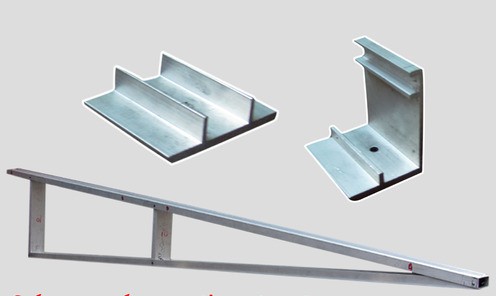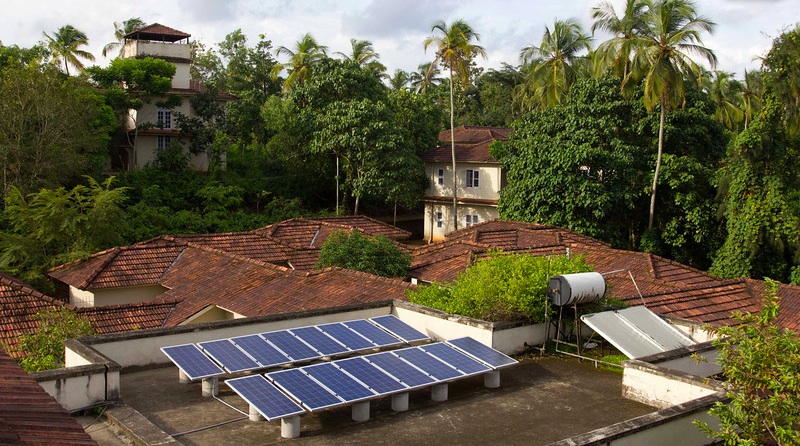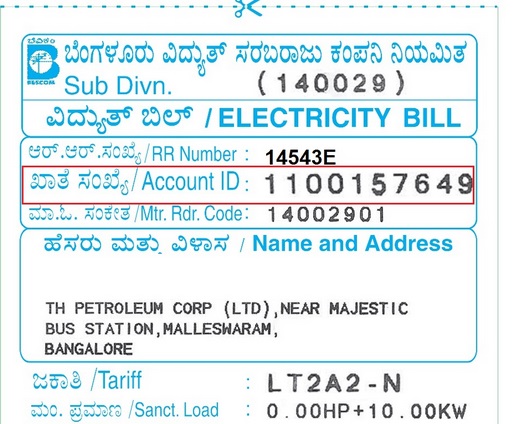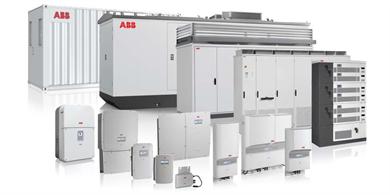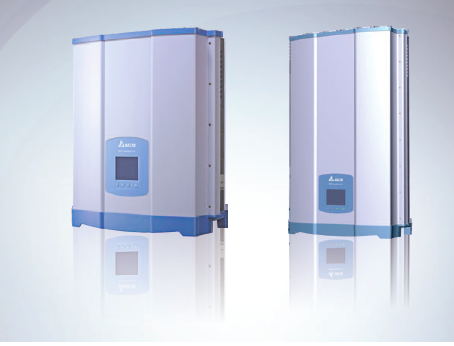Solar Generation in Bangalore
Solar Installation at Rainbow Drive Villa Community, Bangalore | India Solar Plant Generation in Bangalore, India Generation during Monsoon Season? “Does it work at all in the monsoon months?” “I don’t think Bangalore is an ideal place for Solar Rooftop [...]


